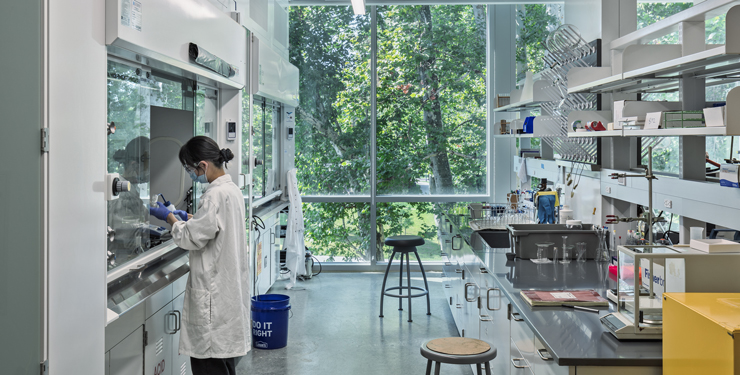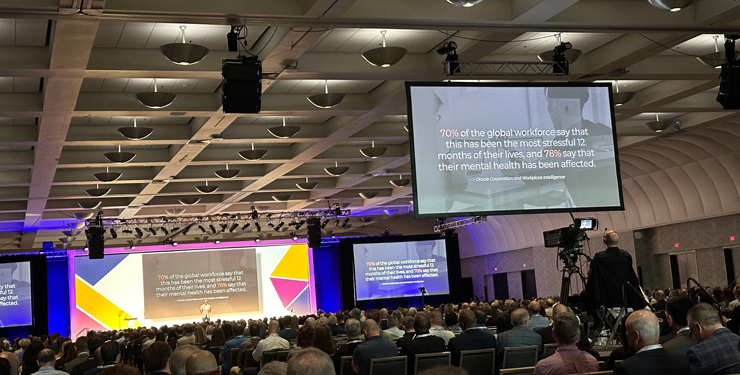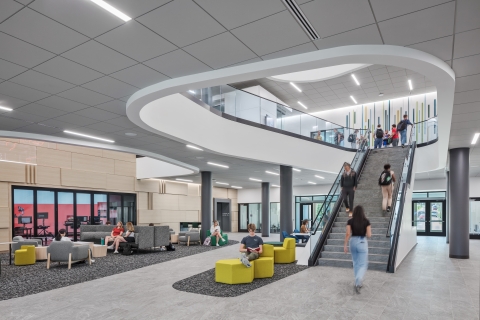
Embracing Complexity: Why Non-Linear Design and Collaboration Are the Heart of Successful Architecture
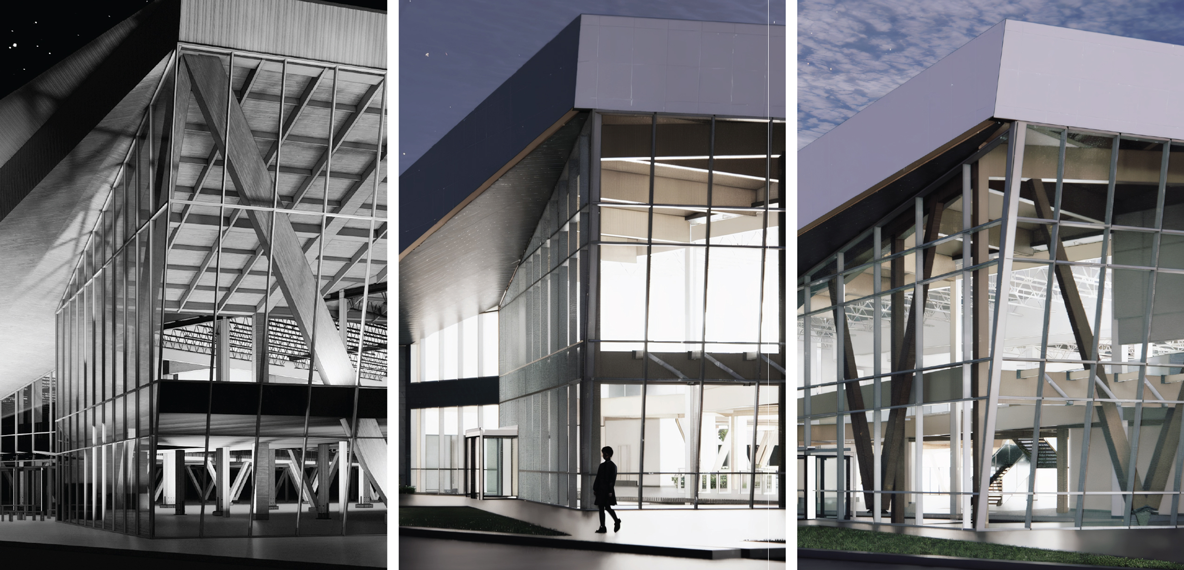
As a Senior Architect leading complex projects, I’ve come to appreciate that architectural design is far from a tidy, linear process. Despite the widespread myth of design as a smooth, step-by-step progression—from concept to schematic, design development, documentation, and construction—my experience tells a very different story.
Design is inherently non-linear, an intricate dance of iteration, feedback, and collaboration that unfolds over time. Let’s explore why embracing this complexity is not only necessary but essential to achieving more thoughtful, coordinated, and successful project outcomes.
The Myth of the Linear Design Process
When architects interview for work, we often tout our experience as a mark of efficiency—suggesting that familiarity means we won’t “learn on the job,” saving clients both time and fees. While there’s some truth to the value of experience, this framing can be misleading.
The reality is that every project is unique. Complexity and uncertainty prevail, especially on large-scale projects, where evolving client goals, regulatory changes, technical constraints, and budget realities continually reshape the landscape. To pretend that design follows a clean, linear path is to ignore the realities of practice. In fact, embracing non-linearity can lead to better—and ultimately more efficient—results.
Why Architectural Design is Non-Linear
Several key factors drive the inherently non-linear nature of architectural design:
- Iteration and Feedback Loops: From initial sketches to detailed drawings, the design constantly evolves. No decision is final until construction is complete because each stage reveals new information or challenges.
- Stakeholder Engagement: Clients, engineers, contractors, and regulators all contribute input at different phases, often requiring us to revisit and revise earlier decisions.
- Changing Constraints: Budgets fluctuate, site conditions reveal surprises, and codes or sustainability goals shift midstream, necessitating adjustments.
- Technical Integration: Structural, mechanical, electrical, and plumbing systems influence spatial layouts and building form, and their requirements emerge over time.
- Digital Tools: BIM and parametric modeling enable us to explore countless alternatives rapidly, supporting iteration rather than linear steps.
At BHDP, we treat design as a co-creation journey of divergence and convergence. In the Understand, Discover, and early in the Concept phase, we diverge—exploring multiple possibilities through research, visioning sessions with stakeholders, and workshops. Moving into Concept and Develop, we converge—narrowing options, refining ideas, and integrating technical systems. The Document, Build, Measure, and Share phases continue this rhythm, ensuring that feedback loops drive new divergence when challenges arise and convergence when solutions solidify. This structured ebb and flow embeds collaboration and iteration at every step, making non-linear design a deliberate, value-driven process.
Collaboration: The Glue That Holds It Together
The most significant driver—and beneficiary—of this non-linear process is collaboration. Architectural design on complex projects is never a solo endeavor. It’s an integrative effort involving diverse disciplines, each bringing specialized knowledge and unique constraints.
The input from structural engineers, MEP consultants, sustainability experts, cost estimators, contractors, and clients doesn’t arrive in neat sequence. Rather, it floods in overlapping waves. For example, structural considerations might require shifting column grids, impacting floor plans; MEP systems may force ceiling adjustments; and sustainability analyses could call for reorienting the building mass. These are not isolated tweaks but interconnected moves that ripple across the design.
Iteration becomes a dialogue—an ongoing conversation where architecture proposes, engineering reacts, sustainability informs, cost consultants advise, and clients provide feedback. This iterative collaboration requires agility and openness, recognizing that early ideas are hypotheses to be tested, refined, or even discarded.
Why Embracing Non-Linearity Leads to Better Results
Some might worry that a non-linear process means inefficiency—longer schedules, higher fees, endless revisions. I see it differently. Non-linearity, when thoughtfully embraced, is a form of risk management. It allows us to uncover hidden challenges early, integrate diverse requirements holistically, and avoid costly mistakes downstream.
In practice, this means fewer construction change orders, improved coordination among disciplines, and more seamless project delivery. The design fees invested upfront—though sometimes higher—are a fraction of total project costs, and they yield significant savings by reducing rework, schedule delays, and disputes.
Moreover, collaborative iteration builds trust and buy-in among all stakeholders. When engineers, contractors, and clients see their concerns genuinely influencing the design, they engage more fully, which reduces resistance and accelerates decision-making later.
The BHDP design process strengthens these benefits. Its transparency and rigor—from shared project visioning and success criteria through integrated validation exercises and measurable performance outcomes—promote continuous alignment. This reduces friction and fosters consensus earlier, allowing risks to surface and be addressed collaboratively, which results in more resilient decisions and better project outcomes.
Complexity as a Catalyst for Innovation
The messiness of non-linear collaboration is not a bug; it’s a feature. Complex constraints and competing priorities push us to explore creative solutions that no single discipline could achieve alone. Cross-disciplinary tension generates innovation.

Federated 3D Model of all involved disciplines used in Virtual Design Coordination
For example, on a recent remodel project, the uncertain location of underground utilities compelled us to minimize existing slab cuts for new columns. That brought about the idea for “V”-shaped timber supports. These became the main interior feature of an industrial building transformation while reducing the foundations by half.
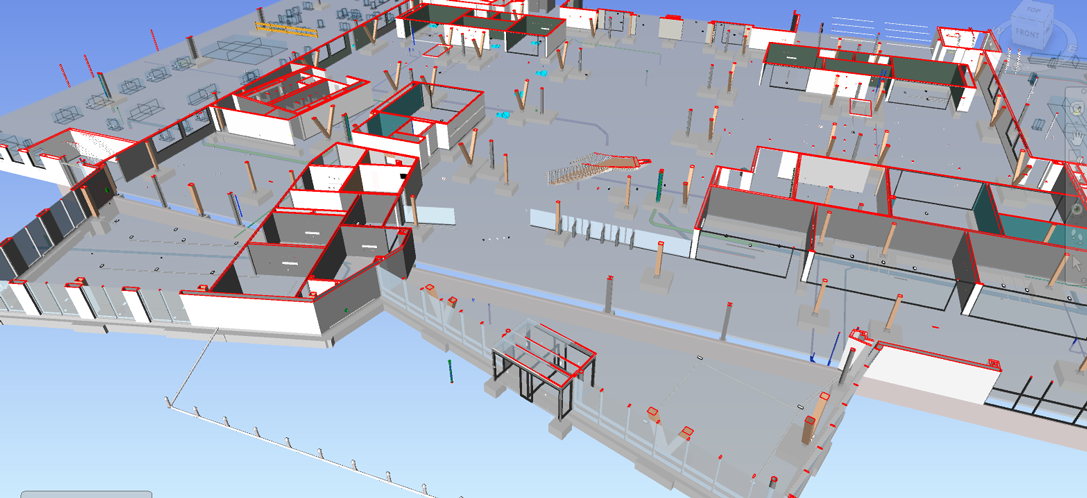
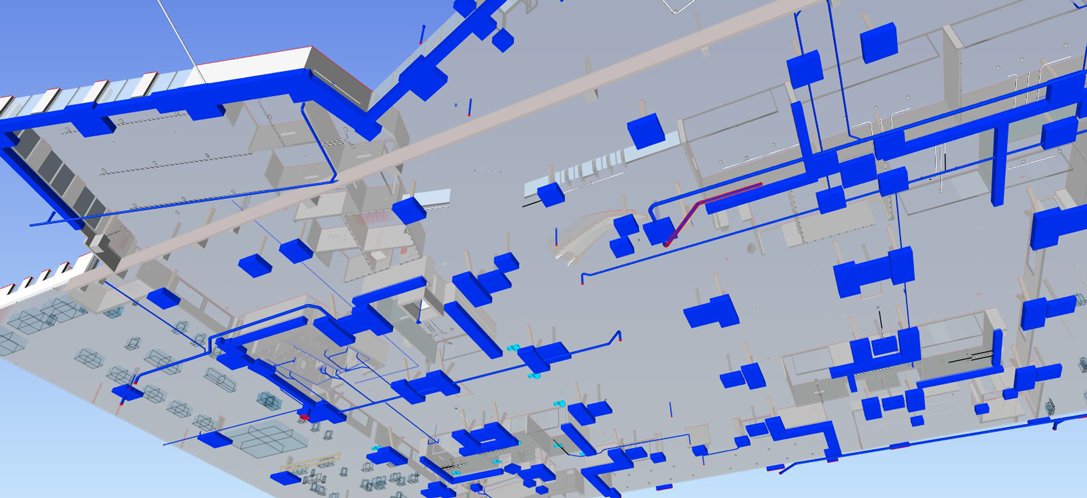
Birds’ Eye and Worm’s Eye views (top and bottom) of foundations and underground utilities demonstrating optimized slab cuts through the use of “V” – columns.
These “aha” moments emerge only when the process remains flexible and open to revisiting assumptions.
Moving Forward with Confidence
Architectural design resists being neatly packaged into a linear, predictable path. The best outcomes arise from embracing complexity—iteration, collaboration, and continuous learning. This approach may challenge conventional notions of efficiency, but it ultimately delivers value that clients can measure in better buildings, fewer headaches, and smarter investments.
Great design doesn’t follow a straight line—and neither should your design partner. If your next project demands flexibility, integration, and bold thinking, BHDP’s design process is built for that journey. Start the conversation with our team by filling out the form below.
Author
Content Type
Date
November 14, 2025
Topic
Design Thinking


